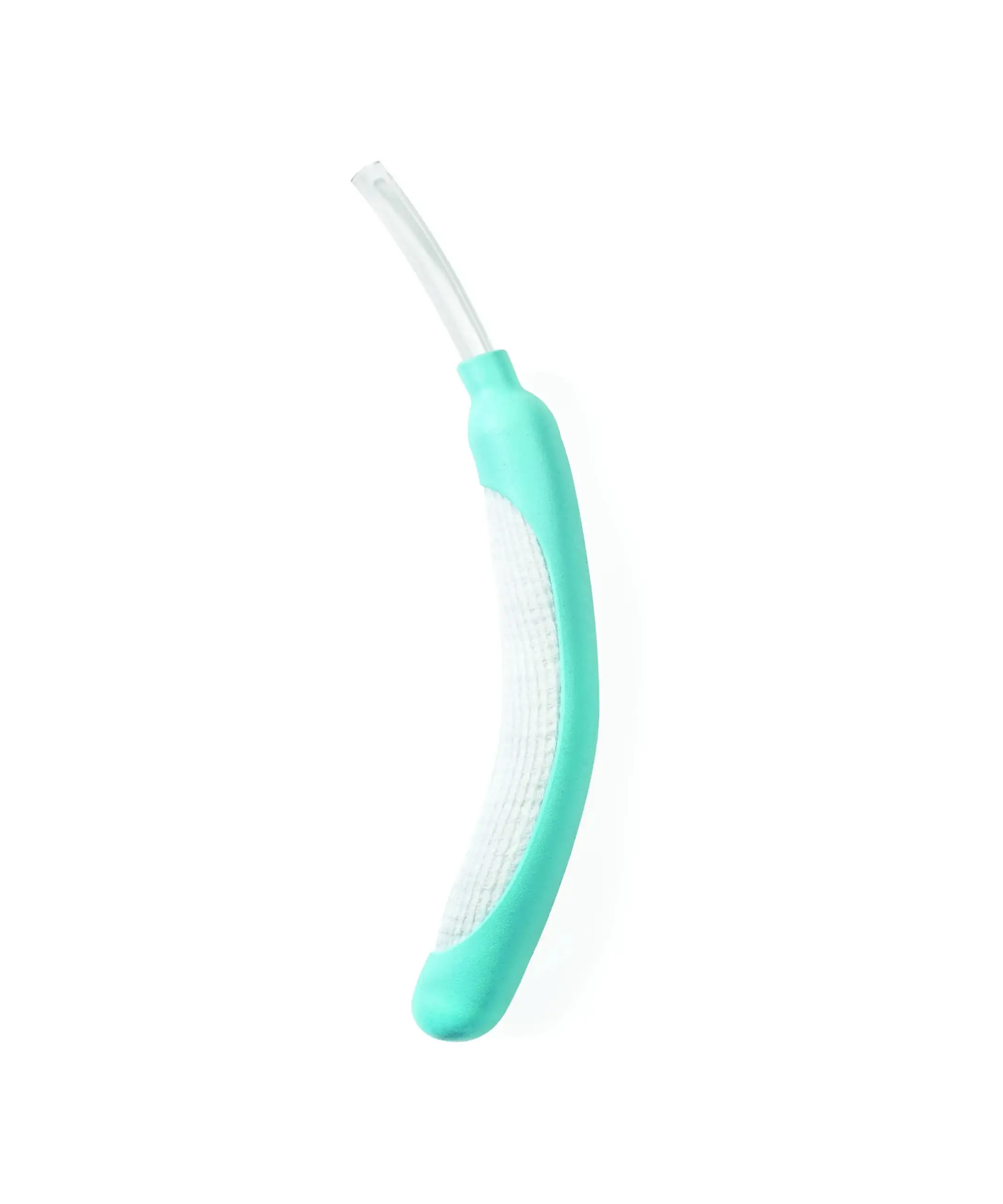The PureWick system for women offers a non-invasive, effective way to manage urinary incontinence. Find out how it works and why it’s a trusted...
- (800) 525-3467
- info@rafischer.com
- 5400 Atlantis Ct. Moorpark, CA 93021
“By using the PureWick™ System, my patients have experienced better sleep. It also allows their caregivers and family members to have better sleep since they are not having to get up multiple times overnight to assist their loved ones with going to the restroom and with changing wet incontinence garments.”
DISCLAIMER: We are currently not accepting new PureWick patients from the following states:
PureWick™ has helped tremendously during the sleeping hours. It is an amazing product.
- Diane G. via BD

I have recommended use of this device with many of my patients. I find the PureWick™ System very useful as an option for patients with urinary incontinence, especially nighttime symptoms.
- Dr. Kelly Jirschele

![Picture of a patient discussing something with his significant other, holding a pad of paper, dressed professionally [insurance coverage for medical supplies] [ Personalized urology care ]](https://www.rafischer.com/wp-content/uploads/2023/09/ra-fischer-home-medical-supply-iontophoresis-hyperhidrosis-conditions-cancer-neurogenic-bladder-urinary-retention-patient-success-doctor-referral-insurance-6.webp)

The PureWick system for women offers a non-invasive, effective way to manage urinary incontinence. Find out how it works and why it’s a trusted...
Learn how to use PureWick™ with this step-by-step guide. From setup to safe usage, discover how to manage urinary care at home with confidence.
Discover how scheduling a telehealth consultation through trusted partners like HubMD, CallOnDoc, and SkyMD can provide fast, expert care for a variety of conditions.